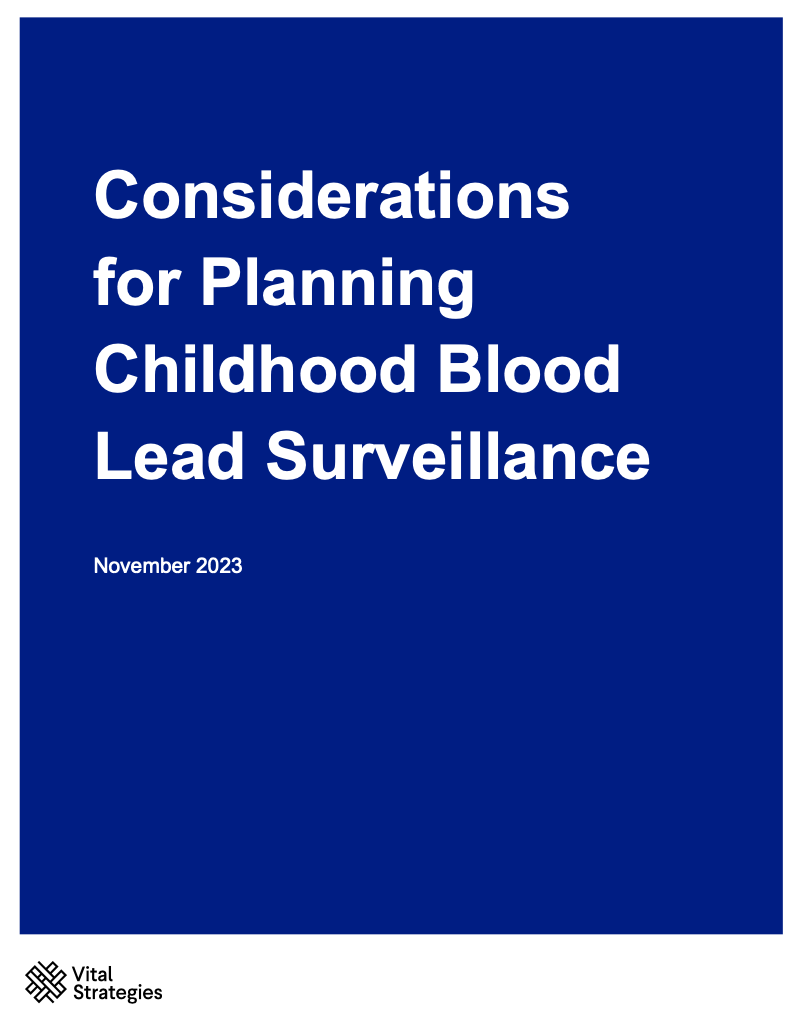Lead is a potent toxin that can severely affect the mental and physical functioning of children and the health of adults. Young children are particularly susceptible to lead poisoning because they absorb far more lead from their environments than adults and because their central nervous systems are still developing. Early detection and prevention of exposure to lead are particularly important as neurological and behavioral impacts due to lead exposure among children are generally irreversible. Blood lead surveillance is an important tool to serve this purpose.
This document is meant to be used as a tool to facilitate discussion with national and local government institutions to explore the most suitable lead surveillance model for a given setting. This document provides an overview of options and considerations for designing a national or regional childhood blood lead surveillance. The ultimate selection of an approach should be based on engagement with a broad group of stakeholders.
Recent Abstracts
RESET Alcohol – Public opinion, attitudes and support for government action on alcohol…
RESET Alcohol – Public opinion, attitudes and support for government action on alcohol…
Childhood Lead Exposure Prevention: Assessment of Blood Lead Surveillance Capacity in Colombia
Childhood Lead Exposure Prevention: Inventory of Blood Lead Surveillance Capacity Indonesia
The Perception of Air Quality and Community Resilience Towards Air Pollution Issues in…
Effect of women empowerment on treatment-seeking practice for sexually transmitted infections among women…
Stage at diagnosis and survival among adult patients with cancer in Rwanda: A…
Impact of nutrient warning labels on Colombian consumers’ selection and identification of food…
A Systems Map of the Challenges of Climate Communication
Increased Taxes and Regulation of Indian Cigarillos (Bidi) Industry: Effects on Revenue and…
